Administering Microsoft Azure SQL Solutions DP-300 Certification Overview
Administering Microsoft Azure SQL Solutions DP300 Course Outline
Module 1: Prepare to Maintain SQL Databases on Azure
- Introduction
- Describe Microsoft Intelligent Data Platform Roles
- Understand SQL Server in an Azure Virtual Machine
- Design Azure SQL Database for Cloud-Native Applications
- Explore Azure SQL Database Managed Instance
Module 2: Deploy IaaS Solutions with Azure SQL
- Introduction
- Explain IaaS Options to Deploy SQL Server in Azure
- Understand Hybrid Scenarios
- Explore Performance and Security
- Explain High Availability and Disaster Recovery Options
- Exercise: Provision a SQL Server on an Azure Virtual Machine
Module 3: Deploy PaaS Solutions with Azure SQL
- Introduction
- Explain PaaS Options for Deploying SQL Server in Azure
- Explore Single SQL Database
- Deploy SQL Database Elastic Pool
- Understand SQL Database Hyperscale
- Examine SQL Managed Instance
- Describe SQL Edge
- Exercise: Deploy an Azure SQL Database
Module 4: Evaluate Strategies for Migrating to Azure SQL
- Introduction
- Understand Compatibility Level
- Understand Azure Preview Features
- Describe Azure Database Migration Options
Module 5: Migrate SQL Server Workloads to Azure SQL Database
- Introduction
- Choose the Right Azure SQL Database Feature
- Use Azure SQL Migration Extension to Migrate to Azure SQL Database
- Explore Data Migration Assistant to Migrate to Azure SQL Database
- Migrate to Azure SQL Database Using BACPAC
- Use an Online Method to Migrate to Azure SQL Database
- Move Data to Azure SQL Database
- Exercise: Migrate a SQL Server Database to Azure SQL Database
Module 6: Migrate SQL Workloads to Azure Managed Instances
- Introduction
- Evaluate Migration Scenarios to SQL Database Managed Instance
- Migrate to SQL Database Managed Instance
- Load and Move Data to SQL Database Managed Instance
Module 7: Configure Database Authentication and Authorisation
- Introduction
- Describe Active Directory and Azure Active Directory
- Describe Authentication and Identities
- Describe Security Principals
- Describe Database and Object Permissions
- Identify Authentication and Authorisation Failures
- Exercise: Authorise Access to Azure SQL Database with Azure Active Directory
Module 8: Protect Data In-Transit and At Rest
- Introduction
- Explore Transparent Data Encryption
- Configure Server and Database Firewall Rules
- Explain Object Encryption and Secure Enclaves
- Enable Encrypted Connections
- Describe SQL Injection
- Understand Azure Key Vault
- Exercise: Configure a Server-Based Firewall Rule Using the Azure Portal
Module 9: Implement Compliance Controls for Sensitive Data
- Introduction
- Explore Data Classification
- Explore Server and Database Audit
- Implement Dynamic Data Masking
- Implement Row-Level Security
- Understand Microsoft Defender for SQL
- Explore Azure SQL Database Ledger
- Implement Azure Purview
- Exercise: Enable Microsoft Defender for SQL and Data Classification
Module 10: Describe Performance Monitoring
- Introduction
- Describe Performance Monitoring Tools
- Describe Critical Performance Metrics
- Establish Baseline Metrics
- Explore Extended Events
- Describe Azure SQL Insights
- Explore Query Performance Insight
- Exercise: Isolate Problems with Monitoring
Module 11: Configure SQL Server Resources for Optimal Performance
- Introduction
- Explain How to Optimise Azure Storage for SQL Server Virtual Machines
- Describe Virtual Machine Resising
- Optimise Database Storage
- Control SQL Server Resources
Module 12: Configure Databases for Optimal Performance
- Introduction
- Explore Database Maintenance Checks
- Describe Database Scoped Configuration Options
- Describe Automatic Tuning
- Describe Intelligent Query Processing
- Exercise: Detect and Correct Fragmentation Issues
Module 13: Explore Query Performance Optimisation
- Introduction
- Understand Query Plans
- Explain Estimated and Actual Query Plans
- Describe Dynamic Management Views and Functions
- Explore Query Store
- Identify Problematic Query Plans
- Describe Blocking and Locking
- Exercise: Identify and Resolve Blocking Issues
Module 14: Evaluate Performance Improvements
- Introduction
- Describe Wait Statistics
- Tune and Maintain Indexes
- Understand Query Hints
- Exercise: Isolate Problem Areas in Poorly Performing Queries
Module 15: Explore Performance-Based Design
- Introduction
- Describe Normalisation
- Choose Appropriate Data Types
- Design Indexes
- Exercise: Identify Database Design Issues
Module 16: Automate Deployment of Database Resources
- Introduction
- Describe Deployment Models in Azure
- Automate Deployment by Using Azure Resource Manager Templates and Bicep
- Automate Deployment by Using PowerShell
- Automate Deployment by Using Azure CLI
- Exercise: Deploy an Azure SQL Database Using an Azure Resource Manager Template
Module 17: Create and Manage SQL Agent Jobs
- Introduction
- Create a SQL Server Maintenance Plan
- Describe Task Status Notifications
- Knowledge Check
- Exercise: Create a CPU Status Alert for a SQL Server
Module 18: Manage Azure PaaS Tasks Using Automation
- Introduction
- Explore Elastic Jobs
- Understand Azure Automation
- Build an Automation Runbook
- Automate Database Workflows by Using Logic Apps
- Monitor Automated Tasks
- Exercise: Deploy an Automation Runbook to Automatically Rebuild Indexes
Module 19: Describe High Availability and Disaster Recovery Strategies
- Introduction
- Describe Recovery Time Objective and Recovery Point Objective
- Explore High Availability and Disaster Recovery Options
- Describe Azure High Availability and Disaster Recovery Features for Azure Virtual Machines
- Describe High Availability and Disaster Recovery Options for PaaS Deployments
- Explore an IaaS High Availability and Disaster Recovery Solution
- Describe Hybrid Solutions
Module 20: Explore IaaS and PaaS Solutions for High Availability and Disaster Recovery
- Introduction
- Describe Failover Clusters in Windows Server
- Configure Always-On Availability Groups
- Describe Temporal Tables in Azure SQL Database
- Describe Active Geo-Replication for Azure SQL Database
- Explore Auto-Failover Groups for Azure SQL Database and Azure SQL Managed Instance
- Exercise: Configure Geo-Replication for Azure SQL Database
Module 21: Back Up and Restore Databases
- Introduction
- Back Up and Restore SQL Server Running on Azure Virtual Machines
- Back Up a SQL Server Virtual Machine
- Back Up and Restore a Database Using Azure SQL Database
- Exercise: Backup to URL


Who should attend this Administering Microsoft Azure SQL Solutions DP-300 Course?
The Administering Microsoft Azure SQL Solutions DP-300 Certification Course delves into the design aspects of Azure solutions. It informs professionals about Azure best practices, patterns, and design considerations for ensuring optimal cloud architecture. This Microsoft Azure Training can be beneficial for a wide range of professionals, including:
- Azure Solution Architects
- Cloud Solutions Designers
- IT Strategists
- Application Architects
- Infrastructure Planners
- Senior Developers
- DevOps Practitioners
Prerequisites of the Administering Microsoft Azure SQL Solutions DP-300 Course
The required prerequisites for attending the Administering Microsoft Azure SQL Solutions DP300 Training Course include having experience with managing Azure SQL Database resources, familiarity with deploying and managing Azure SQL Managed Instance and troubleshooting Azure SQL, and Database and automating Azure SQL Database administration.
Administering Microsoft Azure SQL Solutions DP-300 Training Course Overview
The Administering Microsoft Azure SQL Solutions DP300 focuses on database administration in the cloud. The importance of cloud-based data management is growing and this gives professionals in IT area the reason to familiarise with all the aspects of this area. The training that is provided for the management proficiency in the Microsoft Azure SQL solutions, which is available on the clouds, is covered by this course.
The proficiency of Azure SQL Solutions that the DP300 exam is designed for will therefore be needed to stay ahead in the IT industry that includes Database Administrators and Developers. In- depth of Azure SQL Solutions detailing is key for improved system efficiency, superior resources application and safety of data. Professionals in roles like Database Administrators, Data Engineers, and Cloud Architects should aim to master this subject to unlock career opportunities in the realm of Microsoft Azure.
The Microsoft Azure SQL Data Analytics Spark and DP-900 Courses, is an intensive or fast track 4-day Course by The Knowledge Academy ministering towards in-depth SQL database management in the Microsoft Azure environment. Delegates will obtain pragmatic knowledge of different Azure SQL Solutions aspects such as provisioning, configuration, security, and monitoring through interaction with experts in this field.
Course Objectives
- To gain proficiency in securing Azure SQL databases
- To understand database migration and replication
- To master performance tuning and optimisation techniques
- To implement backup and disaster recovery strategies
- To learn to monitor and troubleshoot database issues
- To optimise resource utilisation in the Azure environment
- To develop practical skills for efficient database administration
After completing this course, delegates will be equipped with the knowledge and skills to confidently administer SQL databases in the Microsoft Azure cloud. This expertise is invaluable in today's data-centric IT landscape, enabling professionals to enhance their career prospects and contribute effectively to their organisations.


What’s included in this Administering Microsoft Azure SQL Solutions DP-300 Course?
- World-Class Training Sessions from Experienced Instructors
- Administering Microsoft Azure SQL Solutions DP-300 Certificate
- Digital Delegate Pack


Why choose us
Ways to take this course
Experience live, interactive learning from home with The Knowledge Academy's Online Instructor-led Administering Microsoft Azure SQL Solutions DP-300 Certification. Engage directly with expert instructors, mirroring the classroom schedule for a comprehensive learning journey. Enjoy the convenience of virtual learning without compromising on the quality of interaction.
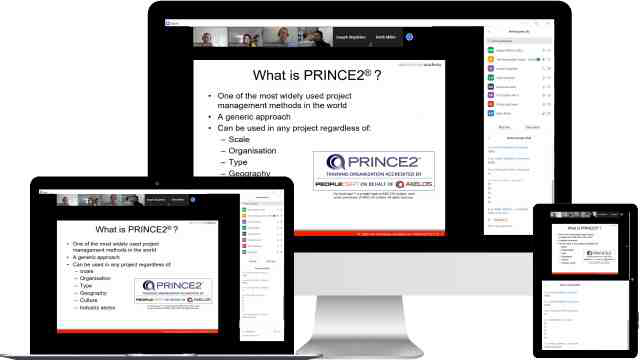
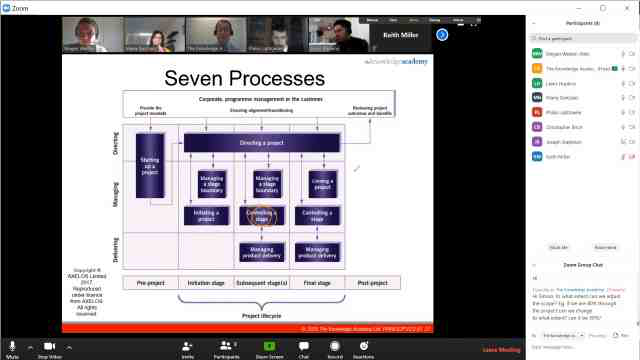
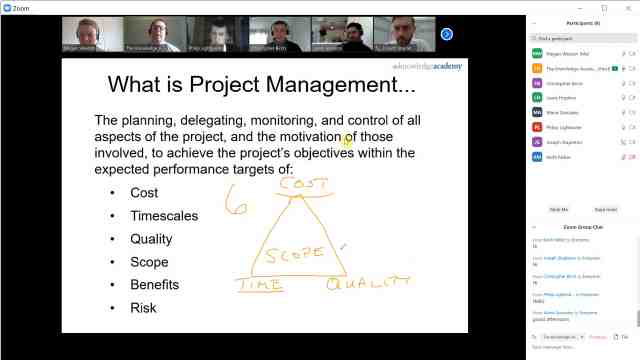

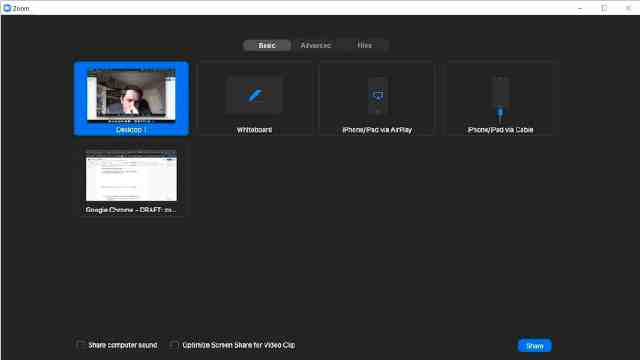
Unlock your potential with The Knowledge Academy's Administering Microsoft Azure SQL Solutions DP-300 Certification, accessible anytime, anywhere on any device. Enjoy 90 days of online course access, extendable upon request, and benefit from the support of our expert trainers. Elevate your skills at your own pace with our Online Self-paced sessions.
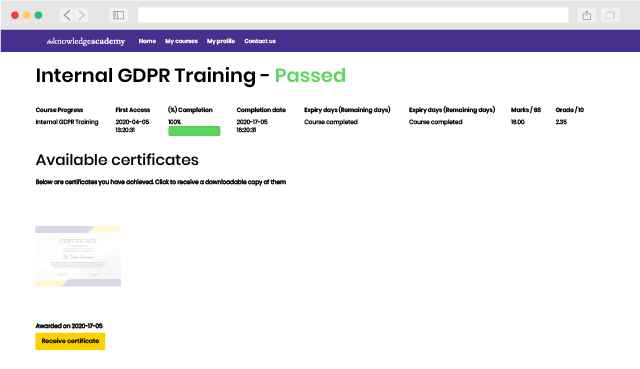
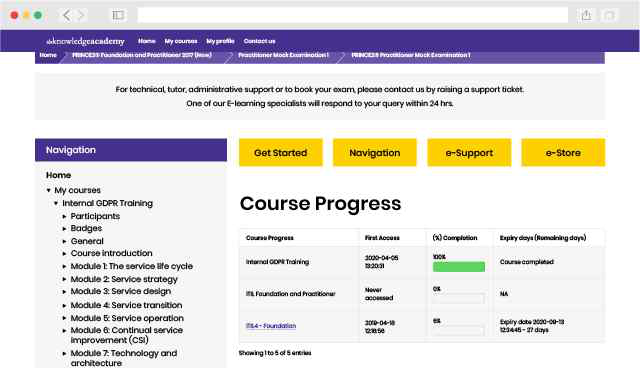
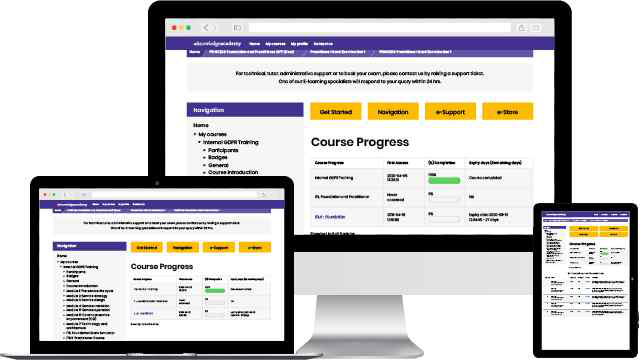
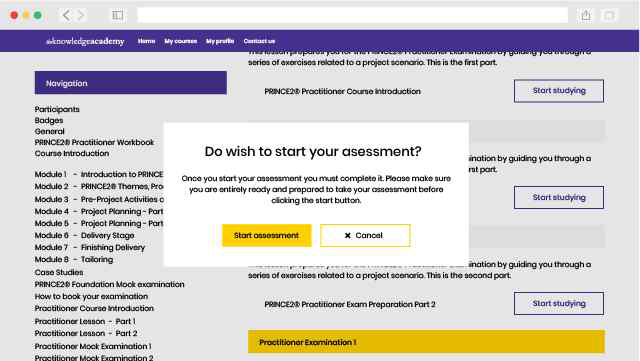
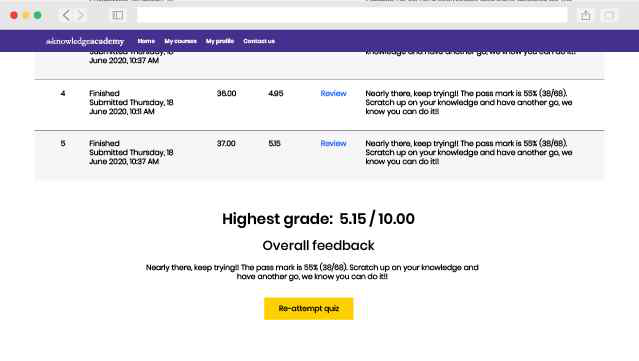
What our customers are saying
Training is good.
Shaik Kalesha
Administering Microsoft Azure SQL Solutions DP-300 Certification FAQs

Why choose us

Best price in the industry
You won't find better value in the marketplace. If you do find a lower price, we will beat it.

Trusted & Approved
Microsoft Azure Training

Many delivery methods
Flexible delivery methods are available depending on your learning style.

High quality resources
Resources are included for a comprehensive learning experience.




"Really good course and well organised. Trainer was great with a sense of humour - his experience allowed a free flowing course, structured to help you gain as much information & relevant experience whilst helping prepare you for the exam"
Joshua Davies, Thames Water



Administering Microsoft Azure SQL Solutions DP-300 Certification in United States
 Atlanta
Atlanta New York
New York Houston
Houston Dallas
Dallas Denver
Denver Seattle
Seattle Los Angeles
Los Angeles Chicago
Chicago San Francisco
San Francisco Philadelphia
Philadelphia San Diego
San Diego Phoenix
Phoenix Boston
Boston Austin
Austin Detroit
Detroit San Jose
San Jose Tampa
Tampa Colorado Springs
Colorado Springs Portland
Portland Sacramento
Sacramento Minneapolis
Minneapolis San Antonio
San Antonio Irvine
Irvine Las Vegas
Las Vegas Miami
Miami Bellevue
Bellevue Pittsburgh
Pittsburgh Baltimore
Baltimore Fairfax
Fairfax Orlando
Orlando Raleigh
Raleigh Salt Lake City
Salt Lake City Columbus
Columbus Oklahoma City
Oklahoma City Nashville
Nashville Charleston
Charleston Columbia
Columbia Cleveland
Cleveland Cincinnati
Cincinnati Memphis
Memphis Richmond
Richmond Virginia Beach
Virginia Beach Louisville
Louisville Fort Lauderdale
Fort Lauderdale Indianapolis
Indianapolis Des Moines
Des Moines Grand Rapids
Grand Rapids New Orleans
New Orleans Wichita
Wichita Charlotte
Charlotte Hartford
Hartford New Jersey
New Jersey Anchorage
Anchorage Omaha
Omaha Honolulu
Honolulu Albuquerque
Albuquerque Baton Rouge
Baton Rouge Iowa City
Iowa City Albany, NY
Albany, NY Boise
Boise Milwaukee
Milwaukee Tucson
Tucson Kansas City
Kansas City St Louis
St Louis Jacksonville
Jacksonville
 Back to course information
Back to course information
Microsoft Azure Database Administrator Associate
Save upto 40%Included courses:
Administering Microsoft Azure SQL Solutions DP-300 Certification$2995


Total without package: $4790
Package price: $2895 (Save $1895)
Limited budget?
 If you miss out, enquire to get yourself on the waiting list for the next day!
If you miss out, enquire to get yourself on the waiting list for the next day!












 If you wish to make any changes to your course, please
If you wish to make any changes to your course, please

